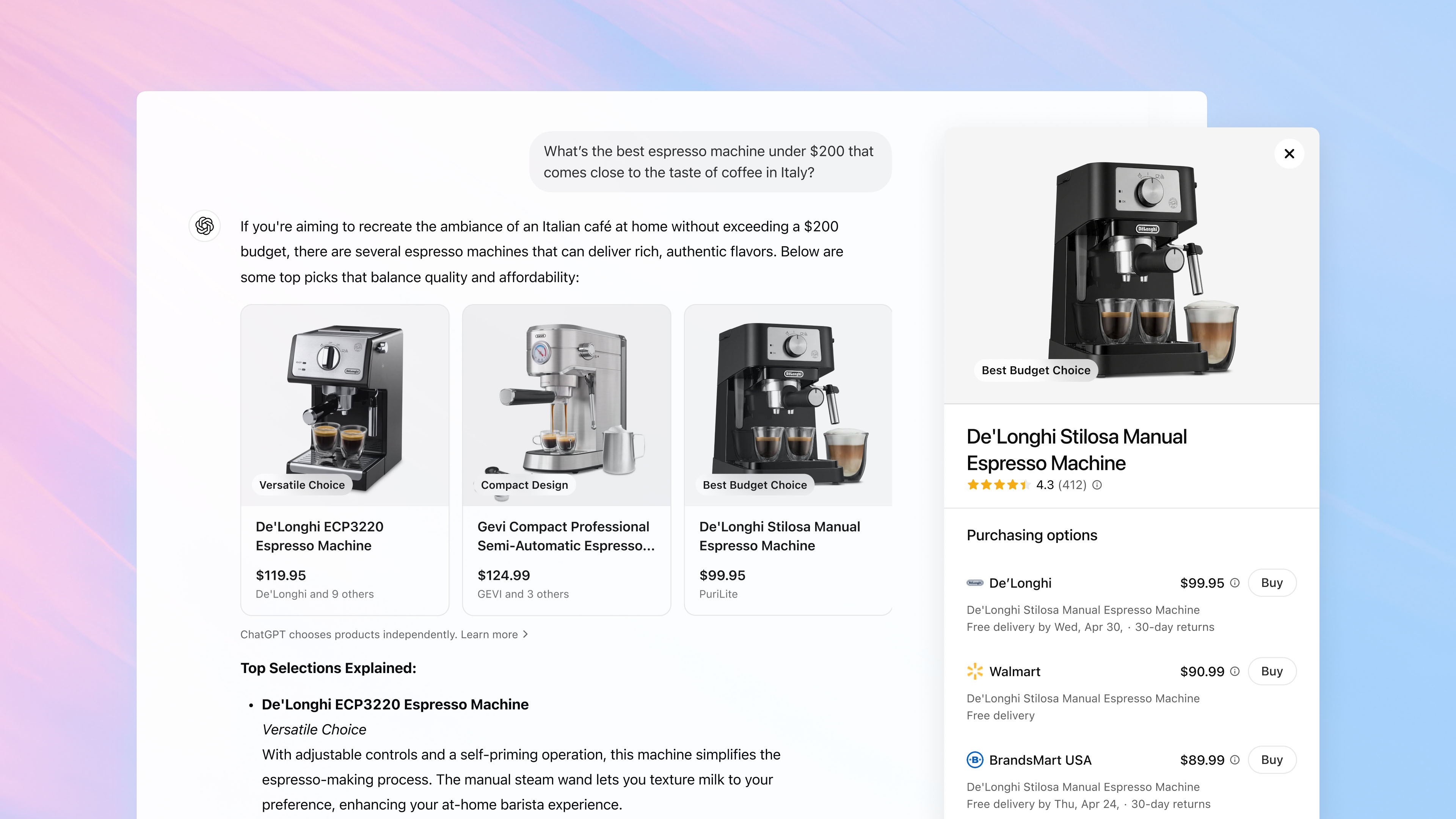Empowering AEC Professionals Through BIM Automation: A Smarter Way Forward
The Architecture, Engineering, and Construction (AEC) industry is rapidly transforming, and at the heart of this change is Building Information Modeling (BIM). Far beyond being just 3D modeling, BIM integrates design, construction, and management into a collaborative, intelligent digital process. As companies move toward digital workflows, automation within BIM has become critical for delivering projects faster, smarter, and with fewer errors. In this evolving landscape, initiatives like BIM Era Private Limited are playing an important role — focusing on practical BIM automation training that helps professionals bridge the gap between traditional workflows and modern digital demands. Why BIM Automation Is Reshaping the Industry Traditionally, construction relied heavily on manual coordination and documentation. But BIM, powered with automation, changes the game. Using tools like Dynamo for Revit, Revit API, and C# Add-in development, automation enables: Automatic model updates Clash detection and error checking Batch processing of repetitive tasks Smart, data-driven project management This leads to better accuracy, streamlined processes, and a significant reduction in rework — saving both time and costs. BIM automation isn't a niche skill anymore; it's becoming essential for architects, engineers, BIM managers, and construction coordinators worldwide. Key Advantages of BIM and Automation 1. Improved Collaboration Across Teams BIM serves as a central hub where architectural, structural, and MEP models coexist. With automation tools, teams can detect clashes early and update models instantly. This leads to better communication, fewer project delays, and smoother teamwork across disciplines. 2. Real-Time Updates and Smarter Planning In a traditional setup, a minor design change could ripple into major delays if not properly communicated. BIM automation ensures that any change is instantly reflected across drawings, schedules, and specifications. Teams always work from the latest model version, reducing confusion and boosting project reliability. 3. Cost Reduction and Risk Mitigation Unexpected changes during construction are expensive. With BIM’s clash detection and automated analysis, potential problems are spotted during the design phase itself. This proactive approach helps minimize costly surprises and ensures tighter control over project budgets. 4. Higher Productivity on Site By automating repetitive modeling, documentation, and coordination tasks, teams can focus more on critical decision-making. This not only improves project timelines but also enhances quality and delivery standards. Real-World Skills for a Digital-First Industry To truly leverage BIM automation, hands-on experience with key tools is essential. At BIM Era Private Limited, the focus is on developing industry-ready skills through: Dynamo for Revit Training: Automate repetitive Revit tasks using visual programming. Revit API Learning: Write custom scripts to enhance model performance and automate workflows. C# Add-in Development: Build personalized tools to customize Revit functionalities. Project-Based BIM Training: Apply automation on live projects, bridging theory and practice. Rather than focusing purely on theoretical learning, BIM Era emphasizes project-based training and mentorship, giving learners practical exposure to real-world AEC challenges. Who Benefits Most from BIM Automation Skills? Whether you are a student starting a BIM career, an architect optimizing design workflows, or a construction professional managing complex sites, mastering BIM automation can be a key differentiator. Firms adopting BIM automation report higher client satisfaction, fewer delays, and better profitability — making automation expertise a valuable asset across roles. Shaping the Future of Construction As the construction industry moves towards more sustainable, efficient, and digitally integrated practices, BIM automation is emerging as a cornerstone of innovation. By investing in these skills today, AEC professionals can stay ahead of industry demands and contribute to smarter, faster, and more resilient projects. Organizations like BIM Era are helping pave the way — offering practical, future-ready training that empowers individuals and firms to embrace the next generation of construction technology.

The Architecture, Engineering, and Construction (AEC) industry is rapidly transforming, and at the heart of this change is Building Information Modeling (BIM). Far beyond being just 3D modeling, BIM integrates design, construction, and management into a collaborative, intelligent digital process. As companies move toward digital workflows, automation within BIM has become critical for delivering projects faster, smarter, and with fewer errors.
In this evolving landscape, initiatives like BIM Era Private Limited are playing an important role — focusing on practical BIM automation training that helps professionals bridge the gap between traditional workflows and modern digital demands.
Why BIM Automation Is Reshaping the Industry
Traditionally, construction relied heavily on manual coordination and documentation. But BIM, powered with automation, changes the game. Using tools like Dynamo for Revit, Revit API, and C# Add-in development, automation enables:
- Automatic model updates
- Clash detection and error checking
- Batch processing of repetitive tasks
- Smart, data-driven project management
This leads to better accuracy, streamlined processes, and a significant reduction in rework — saving both time and costs.
BIM automation isn't a niche skill anymore; it's becoming essential for architects, engineers, BIM managers, and construction coordinators worldwide.
Key Advantages of BIM and Automation
1. Improved Collaboration Across Teams
BIM serves as a central hub where architectural, structural, and MEP models coexist. With automation tools, teams can detect clashes early and update models instantly. This leads to better communication, fewer project delays, and smoother teamwork across disciplines.
2. Real-Time Updates and Smarter Planning
In a traditional setup, a minor design change could ripple into major delays if not properly communicated. BIM automation ensures that any change is instantly reflected across drawings, schedules, and specifications. Teams always work from the latest model version, reducing confusion and boosting project reliability.
3. Cost Reduction and Risk Mitigation
Unexpected changes during construction are expensive. With BIM’s clash detection and automated analysis, potential problems are spotted during the design phase itself. This proactive approach helps minimize costly surprises and ensures tighter control over project budgets.
4. Higher Productivity on Site
By automating repetitive modeling, documentation, and coordination tasks, teams can focus more on critical decision-making. This not only improves project timelines but also enhances quality and delivery standards.
Real-World Skills for a Digital-First Industry
To truly leverage BIM automation, hands-on experience with key tools is essential. At BIM Era Private Limited, the focus is on developing industry-ready skills through:
Dynamo for Revit Training: Automate repetitive Revit tasks using visual programming.
Revit API Learning: Write custom scripts to enhance model performance and automate workflows.
C# Add-in Development: Build personalized tools to customize Revit functionalities.
Project-Based BIM Training: Apply automation on live projects, bridging theory and practice.
Rather than focusing purely on theoretical learning, BIM Era emphasizes project-based training and mentorship, giving learners practical exposure to real-world AEC challenges.
Who Benefits Most from BIM Automation Skills?
Whether you are a student starting a BIM career, an architect optimizing design workflows, or a construction professional managing complex sites, mastering BIM automation can be a key differentiator.
Firms adopting BIM automation report higher client satisfaction, fewer delays, and better profitability — making automation expertise a valuable asset across roles.
Shaping the Future of Construction
As the construction industry moves towards more sustainable, efficient, and digitally integrated practices, BIM automation is emerging as a cornerstone of innovation. By investing in these skills today, AEC professionals can stay ahead of industry demands and contribute to smarter, faster, and more resilient projects.
Organizations like BIM Era are helping pave the way — offering practical, future-ready training that empowers individuals and firms to embrace the next generation of construction technology.








































































![Apple Seeds watchOS 11.5 Beta 4 to Developers [Download]](https://www.iclarified.com/images/news/97147/97147/97147-640.jpg)
![Apple Seeds visionOS 2.5 Beta 4 to Developers [Download]](https://www.iclarified.com/images/news/97150/97150/97150-640.jpg)
![Apple Seeds tvOS 18.5 Beta 4 to Developers [Download]](https://www.iclarified.com/images/news/97153/97153/97153-640.jpg)
![Apple Releases macOS Sequoia 15.5 Beta 4 to Developers [Download]](https://www.iclarified.com/images/news/97155/97155/97155-640.jpg)












































































































_NicoElNino_Alamy.jpg?width=1280&auto=webp&quality=80&disable=upscale#)
























































































































![[The AI Show Episode 145]: OpenAI Releases o3 and o4-mini, AI Is Causing “Quiet Layoffs,” Executive Order on Youth AI Education & GPT-4o’s Controversial Update](https://www.marketingaiinstitute.com/hubfs/ep%20145%20cover.png)

![[The AI Show Episode 144]: ChatGPT’s New Memory, Shopify CEO’s Leaked “AI First” Memo, Google Cloud Next Releases, o3 and o4-mini Coming Soon & Llama 4’s Rocky Launch](https://www.marketingaiinstitute.com/hubfs/ep%20144%20cover.png)































































































































































































.png?width=1920&height=1920&fit=bounds&quality=70&format=jpg&auto=webp#)





.jpg?#)





























































